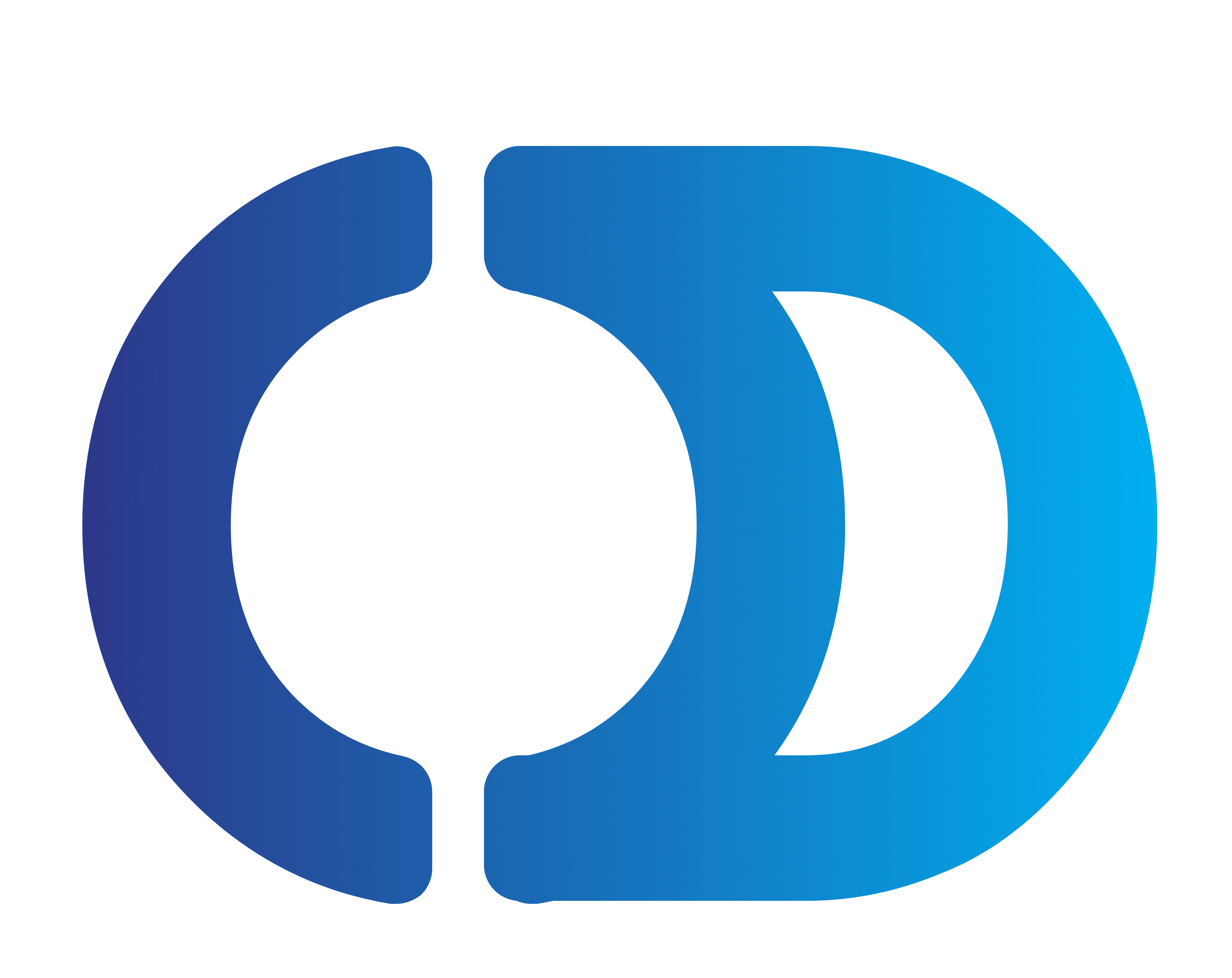Adam Brumberg of Cornell’s Food and Brand Lab tells host Shankar Vedantam that the lab’s research has shown people make, on average, about 200 decisions about what they eat every day.
We often have a hard time acknowledging our limits. Instead, we power on, stay busy, and deny our need for recovery. That’s because decision fatigue essentially switches off our ability to self-monitor. We fail to recognize the symptoms that are telling us we need a break.
I recommend using the HALT system to do a personal self-inventory, so that we can recognize when we’re most vulnerable to making poor decisions. This means regularly instating times in your day to ask yourself if you are:
Hungry
Angry
Lonely
Tired
https://qz.com/942986/before-you-make-an-emotional-decision-ask-yourself-these-four-questions/
To keep drivers on the road, the company has exploited some people’s tendency to set earnings goals — alerting them that they are ever so close to hitting a precious target when they try to log off. It has even concocted an algorithm similar to a Netflix feature that automatically loads the next program, which many experts believe encourages binge-watching. In Uber’s case, this means sending drivers their next fare opportunity before their current ride is even over.
And most of this happens without giving off a whiff of coercion.
“We show drivers areas of high demand or incentivize them to drive more,” said Michael Amodeo, an Uber spokesman. “But any driver can stop work literally at the tap of a button — the decision whether or not to drive is 100 percent theirs.”
ludic loop.
http://www.cmu.edu/dietrich/sds/docs/loewenstein/NYCCabdrivers.pdf


